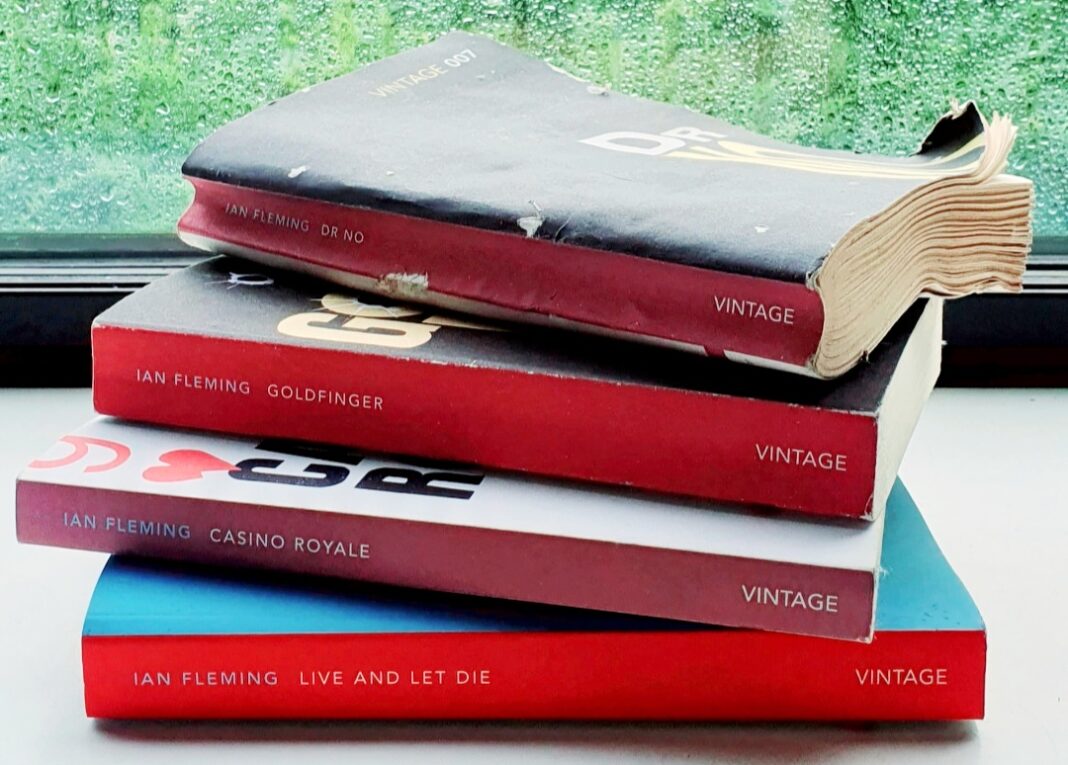As a teenager, in a bid to make me read, my grandmother got me a Nancy Drew mystery. It worked and I read a couple more. Fearless, independent and always in the right, was Nancy, which is why she appealed to this south London kid.
Had I grown up down here, maybe she would have got me ‘The Gay Dolphin Adventure’ instead. After all, it’s set in a hotel, run by the mother of one of the main characters and my parents ran a restaurant.
But I had to wait many years before I discovered Malcolm Saville; until I moved to East Sussex and like many of you, walked past Chelsea Cottage in Winchelsea.
Ignorance is rarely bliss, it’s just ignorance and certainly nothing to advertise. Being curious and wanting to expand your knowledge is what the Second Wednesday Society is all about.
I’d seen his books at the Rye Harbour Discovery Centre, I’d featured the blue plaque on The Hope Anchor in Rye on the Rye News Instagram page, @newsrye; but until I heard Elaine Luke’s passionate talk, I had no idea who Malcolm Saville really was.
He published over sixty children’s books and ninety books in total. They were translated into nine languages, made into films and featured on Children’s Hour. But somehow he never gained the fame of the person he replaced as editor of the magazine Sunny Stories in 1954, Enid Blyton.
He was a far more descriptive writer, the local landscape becoming as much of a character in his books, as any of the protagonists. In fact he also wrote about nature, conservation, gardening architecture and religion, as well as ‘The Adventure Of The Lifeboat Service ‘ and ‘The Story Of Winchelsea Church’.
Nowadays, as I have mentioned before, I am a fan of the James Bond novels. Written at the same time as Saville’s, they are darker and more political than the films, as they come from the pen of an insider of that murky world.
“On the walls are four large pictures in gold frames. In 1955, these were a portrait of Stalin over the door, one of Lenin between the two windows and, facing each other on the other two walls, portraits of Bulganin and, where until January 13th, 1954, a portrait of Beria had hung, a portrait of Army General Ivan Aleksandrovitch Serov, Chief of the Committee of State Security”.
This extract, you won’t be surprised to know, comes from ‘From Russia, With Love’ published in 1957. Clever guessing, pure imagination, or intimate knowledge? How much of Ian Fleming’s writing was true and accurate and how much artistic licence? Did he create action packed tales to disguise a real cold war narrative? Or were his technical details manufactured to give credence to his fictional stories?
Our speaker next week is our old friend Hugh Willing, as he returns to the Winchelsea Second Wednesday Society, to tell us about ‘The Shady Life of Ian Fleming’. By better knowing the man, together we may be able to answer some of these questions.
It almost goes without saying, that there is a link between both authors and that link is Winchelsea. Another former resident, the remarkable Vera Atkins, is supposed to be the inspiration for Miss Moneypenny. You too can be part of the Winchelsea community, by joining us every second Wednesday of the month, in the New Hall, at 2:30pm, for talks, tales and tea.
Image Credits: Natasha Robinson .



